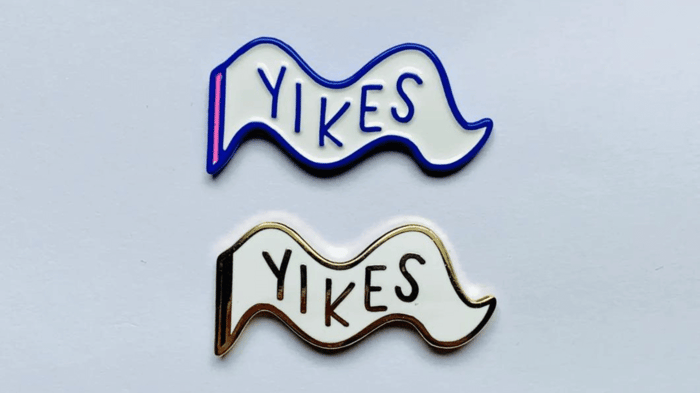Trends are an ever-evolving part of our lives, influencing everything from fashion and beauty to home décor and technology. However, it's important to recognize that not all trends are sustainable, as many of them eventually go out of style. In this blog, we'll explore why trends are often not sustainable and provide some examples.
One of the primary reasons why trends are not sustainable is that they often go out of style quickly. Trends come and go, and what's popular one year may be passé the next. For example, fashion trends are known for changing rapidly, with certain styles and designs becoming popular one season and falling out of favor the next. This can result in a cycle of constant consumption, as people are forced to keep up with the latest trends and purchase new clothing and accessories.
Another example of unsustainable trends is in the beauty industry, where certain products and treatments become popular for a short period of time, only to be replaced by the next big thing. For example, the popularity of certain skincare ingredients such as charcoal and collagen may surge for a few months, only to be replaced by the next must-have ingredient.
In the realm of home décor, trends can also be unsustainable, as styles and designs change quickly. For example, the popularity of farmhouse-style decor may surge one year, only to be replaced by a new trend the next. This can result in people constantly redecorating their homes and purchasing new furniture and accessories to keep up with the latest styles.
In conclusion, trends are often not sustainable because they go out of style quickly. From fashion and beauty to home décor and technology, trends come and go, forcing people to constantly consume and replace what was once popular. Instead of chasing the latest trends, it's important to focus on investing in timeless, quality items that will stand the test of time and won't need to be constantly replaced.
In summary, the unsustainability of trends lies in their fleeting nature and the constant cycle of consumption that results from keeping up with the latest styles. By focusing on investing in quality, timeless items, we can reduce our impact on the environment and create a more sustainable future.





